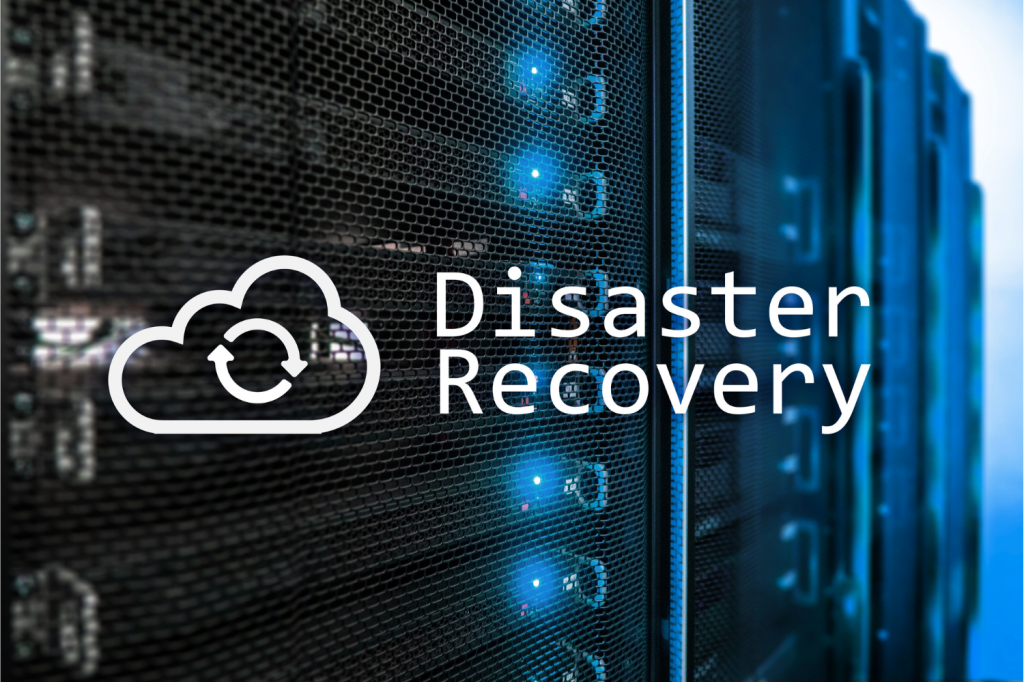Bare metal recovery is a way to restore a complete system onto new hardware after a failure or cyberattack. This is a key part of disaster recovery for IT environments.
What is Bare Metal Recovery?
Bare metal recovery (sometimes called bare metal restore or bare metal backup) means bringing a system back to its original state from scratch, even if the hardware has been replaced or wiped clean. You don’t need a working operating system or applications on the machine before you start. Everything – OS, settings, data – gets restored from your backup.

How Bareos Handles Bare Metal Recovery
Bareos supports bare metal recovery for Linux and, starting with Bareos 25, Windows systems too. This lets you recover both servers and workstations after hardware failure, ransomware attacks or major corruption.
- Linux bare metal recovery: Bareos integrates with Relax-and-Recover (ReaR), an open-source Linux disaster recovery tool. ReaR works with Bareos to create recovery images and automate the restore process. This includes system configuration, installed packages and data.
- Windows bare metal recovery: With Bareos 25, you can do full bare metal restore for Windows systems. This means you can recover a Windows machine without manual reinstallation.
Why consider Bareos for Bare Metal Recovery?
- Disaster recovery: Bare metal restore lets you recover quickly after hardware loss, ransomware, or other disasters.
- Flexible backup: You can back up and restore both Linux and Windows systems.
- Automation: Integration with tools like ReaR streamlines the recovery process.
- Open-source: Bareos and ReaR are open-source, so you can inspect, adapt, and extend them to fit your needs.
Creating a Disaster Recovery Plan
Is your company ready for a potential threat? Use this checklist to evaluate:
- Identify critical systems. List the applications, servers and databases your business cannot run without.
- Define RTOs and RPOs. Do you know how quickly systems need to be back online (RTO) and how much data you can afford to lose (RPO)?
- Schedule regular backups. Make sure Bareos runs automatically for all critical systems.
- Test your restores. Do you actually attempt to restore backups regularly?
- Use multiple storage locations. Keep copies on disk, tape, cloud and offsite.
- Secure your backups. Encrypt backups and control access.
- Document the plan. Is the disaster recovery plan documented and easy to access?
- Review and update. Update the plan every year or after major changes.
A disaster recovery plan only works if it’s alive: current, tested and trusted. Bareos takes care of the technical side but it’s up to each enterprise to combine it with clear policies and regular practice.
If you don’t know where to start with a disaster recovery plan, you can follow official European and U.S. guidelines, such as ENISA, Ready.gov or the NIST SP 800-34 guide.
How it Works
For Linux systems, you install and configure ReaR, which works with Bareos to:
- Back up the entire system, including configuration and data.
- Create a bootable recovery image.
- Restore the system to new or repaired hardware.
For Windows systems (starting with Bareos 25), Bareos offers similar bare metal recovery options, allowing you to restore everything to new hardware in case of failure.
Summary
Bareos provides professional bare metal backup and recovery for both Linux and Windows environments. With features for automation, cross-platform support and open-source flexibility, Bareos is a solid choice for disaster recovery and system restore needs.
